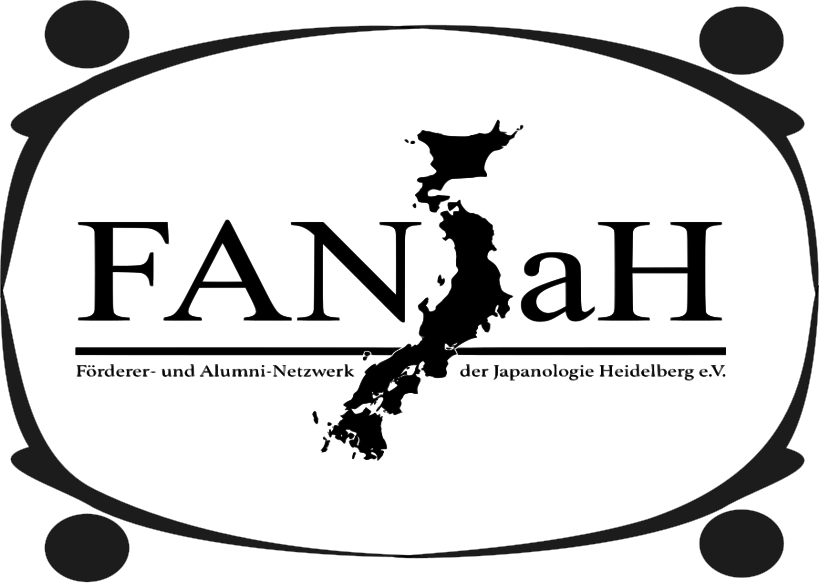Lyrik als Traumatherapie – Zur Funktion und Wirkungsweise japanischer Kurzgedichte nach dem Tōhoku-Erdbeben von 2011
Identifiers (Article)
Identifiers (Files)
Abstract
On the 11th of March 2011, a giant earthquake with a magnitude of 9.0 hit the east coast of northern Japan and triggered a tsunami which caused massive destruction in the Tōhoku region. This event and its nuclear aftermath led to severe psychological stress for the victims. How should one deal with this type of traumatic experience? What can be done to prevent or treat mental disorders like PTSD (Post-Traumatic Stress Disorder)?
Based on the concept of poetry therapy and its Japanese counterpart shiika ryōhō, this paper examines the possibility of dealing with and overcoming trauma by reading and writing literature. The case analysis of Asahigaoka, a district of Minamisanriku in Miyagi Prefecture, illustrates how these theories can be applied. About one month after the threefold catastrophe, survivors gathered together at the local community center to exchange their thoughts about the disaster. They not only talked to each other, but also chose senryū, a classical Japanese short poetic form that consists of seventeen morae, to express themselves.
This study shows that in the case of Asahigaoka, daily collective reading, presenting, and writing of senryū was not only a stabilizing factor in the everyday life of the people, but also helped them to open their hearts to others. This led them to talk about their feelings, which resulted in the opportunity to experience a special form of emotional healing.
Statistics






